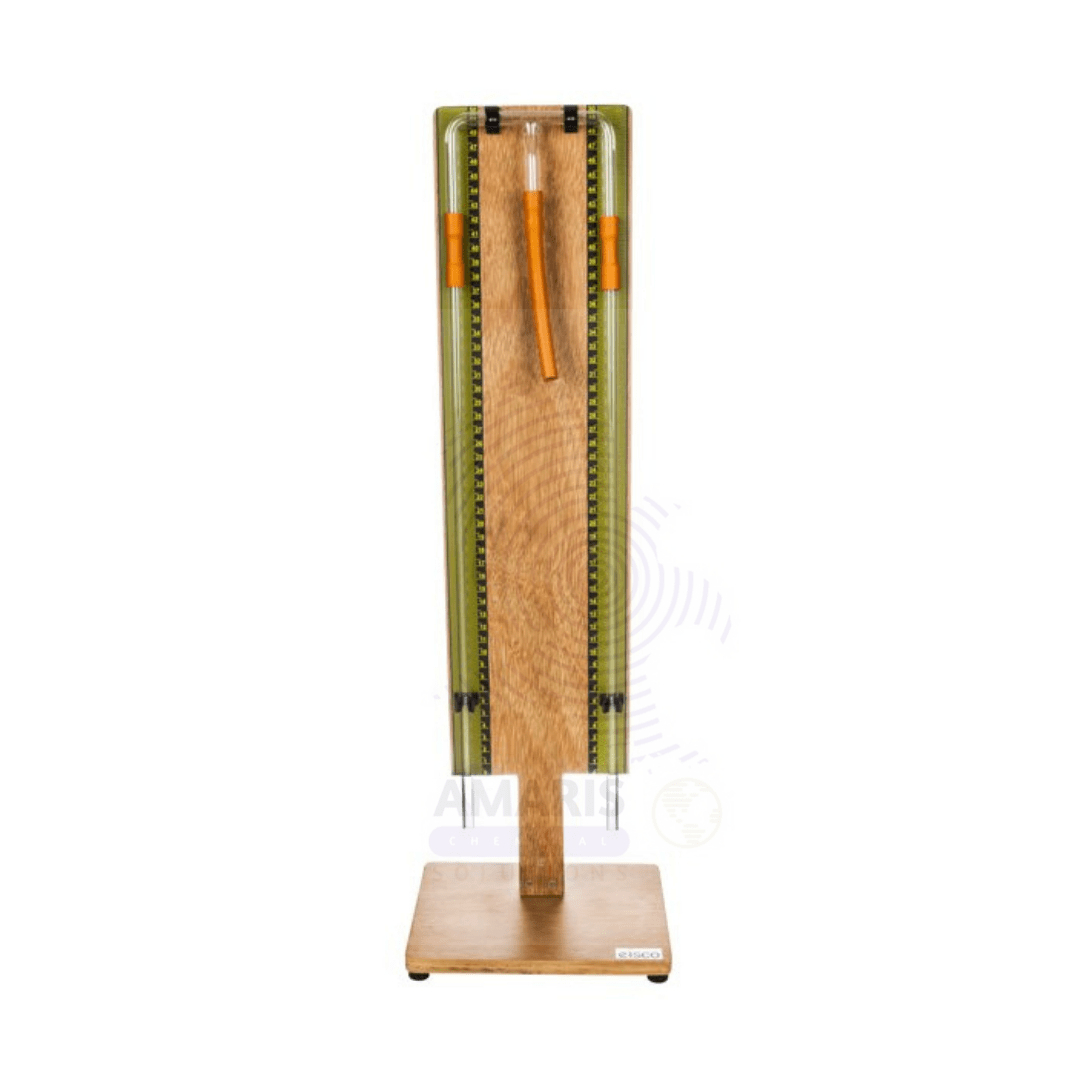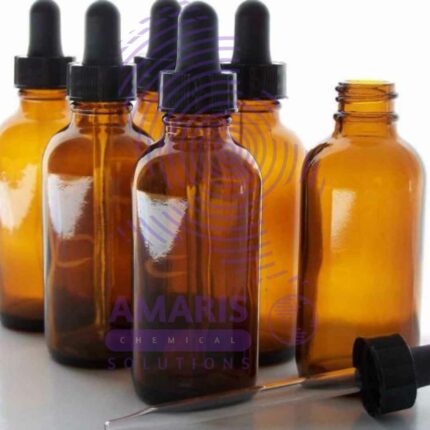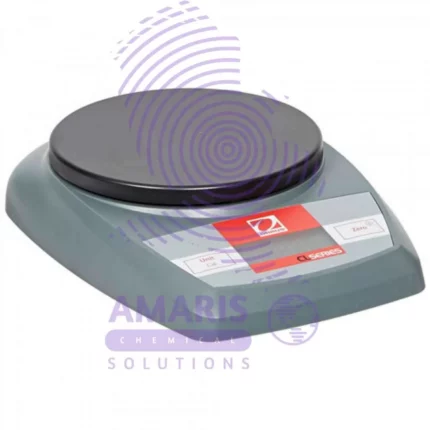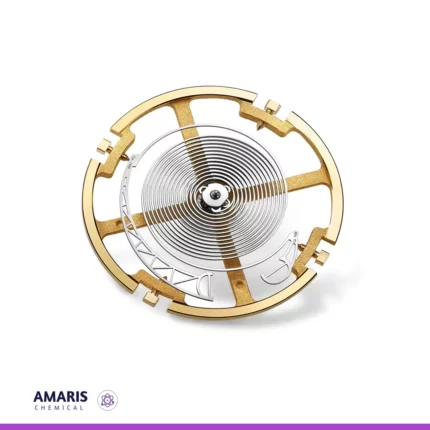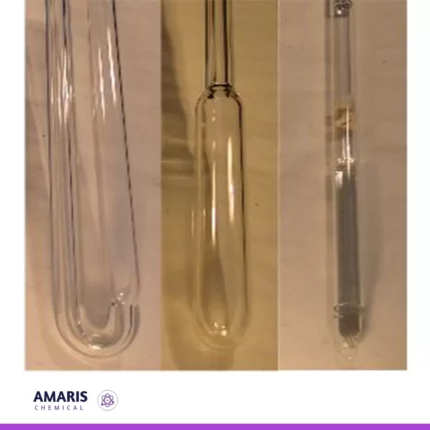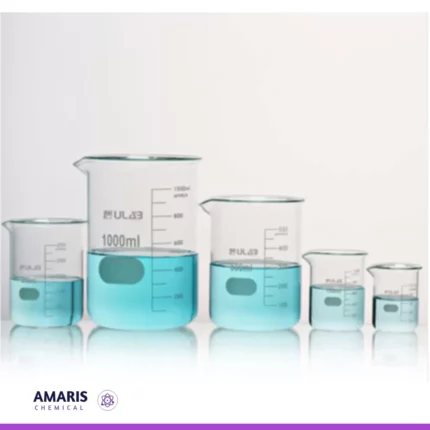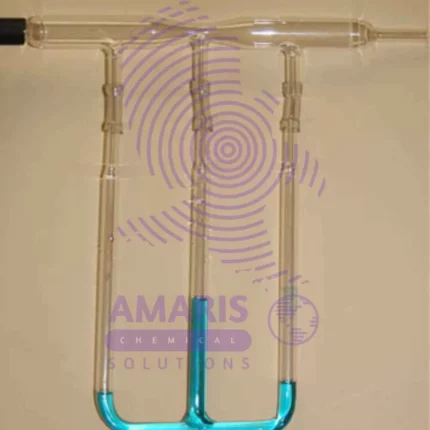“Bar breaking apparatus” has been added to your cart. View cart
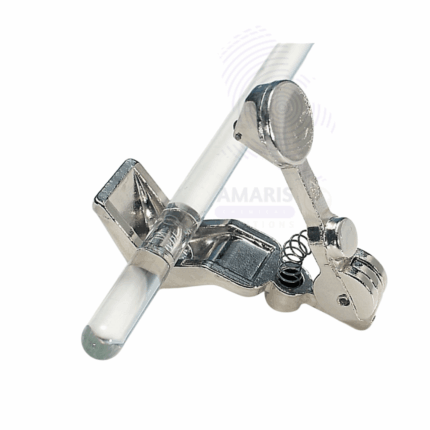
Glass tubing cutter file
$1,500.00 Original price was: $1,500.00.$1,400.00Current price is: $1,400.00.
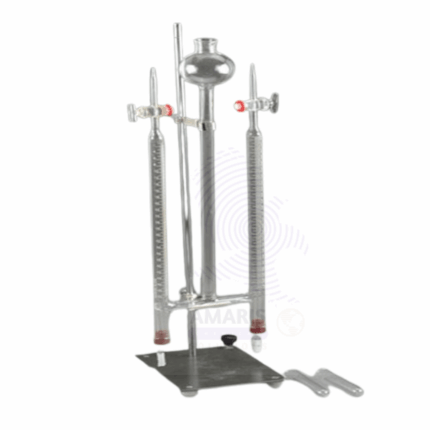
Hoffman Voltameter
$500.00 Original price was: $500.00.$450.00Current price is: $450.00.
Hares Apparatus on stand
$4,230.00 Original price was: $4,230.00.$3,230.00Current price is: $3,230.00.
Whatsapp Order
Hare’s Apparatus is a device used in laboratories to compare the densities of two liquids. It consists of two glass tubes connected at the bottom by a piece of flexible tubing and attached to a stand to keep the setup stable and upright. Here’s a detailed breakdown of its components and function:
Components:
- Glass Tubes: Two vertical, transparent glass tubes of equal diameter.
- Flexible Tubing: A short piece of rubber or plastic tubing connecting the bottoms of the glass tubes.
- Stopcock or Clamps: Often included in the flexible tubing to control the flow of liquids.
- Stand: A stable base and support structure to hold the glass tubes in place and upright.
Function:
- Comparison of Liquid Densities: Hare’s Apparatus is used to determine the relative densities of two immiscible liquids.
- Working Principle: The apparatus works on the principle of hydrostatic pressure. When the apparatus is set up, and each glass tube is filled with a different liquid, the heights of the liquids in the tubes will vary according to their densities. The denser liquid will have a lower height, while the less dense liquid will rise higher.
Usage:
- Preparation: Fill the two glass tubes with the liquids whose densities are to be compared.
- Equalizing Levels: Ensure that both liquids are at the same level when the apparatus is initially set up to avoid errors due to pressure differences.
- Observation: Once the system is stable, observe and measure the heights of the liquid columns in each tube.
- Calculation: Use the measured heights to calculate the relative densities of the liquids
SKU:
ACS66757CHEM0
Category: LABORATORY EQUIPMENT & APPARATUS
Description
Uses of Hares Apparatus
- Density Comparison:
- Educational Demonstrations: Hare’s Apparatus is used in classrooms and laboratories to visually demonstrate the concept of density and how it affects the height of liquid columns.
- Experimental Determination: It allows students and researchers to determine the relative densities of two immiscible liquids by comparing the heights of the liquid columns in the two connected tubes.
- Hydrostatic Pressure Studies:
- Principle of Hydrostatic Pressure: The apparatus helps illustrate how different liquids exert different pressures at the same height due to their varying densities.
- Pascal’s Law: Demonstrates Pascal’s principle by showing how pressure applied to a fluid is transmitted equally in all directions.
- Buoyancy and Archimedes’ Principle:
- Understanding Buoyancy: By comparing the densities of different liquids, students can better understand the concept of buoyancy and why objects float or sink in different liquids.
- Viscosity Studies:
- Flow and Viscosity: While primarily used for density comparison, Hare’s Apparatus can be adapted to observe the flow characteristics of different liquids, providing insights into their viscosities.
- Material Science:
- Solubility and Miscibility: It can be used to study the miscibility of different liquids and their solubility properties, which is important in material science and chemical engineering.
- Thermodynamic Studies:
- Temperature Effects on Density: By conducting experiments at different temperatures, students can observe how temperature changes affect the density of liquids, linking to concepts in thermodynamics.
- Calibration and Verification:
- Instrument Calibration: It serves as a simple tool for calibrating other instruments that measure liquid density, by providing a straightforward method for density comparison.
- Quality Control: In industrial laboratories, it can be used for quick quality control checks to ensure the consistency of liquid densities in processes such as food and beverage production.
- Chemical Analysis:
- Purity Testing: The apparatus can help in assessing the purity of liquids, as impurities often alter the density of a liquid.
Related products
Amber Bottles Polystop
$0.01
A laboratory glass amber bottle is a specialized container commonly used in laboratories to store and protect light-sensitive substances, chemicals, or solutions. These bottles are made from amber-colored glass, which provides protection against ultraviolet (UV) and visible light radiation. The amber glass helps to minimize the degradation and decomposition of light-sensitive contents by blocking a significant portion of the light spectrum.
The amber color of the glass is achieved by adding iron, sulfur, and other compounds during the glass manufacturing process. This coloration is what gives the bottles their distinctive amber or brown appearance.
Laboratory glass amber bottles typically come in various sizes, ranging from small volumes of a few milliliters to large capacities of several liters. They often have a screw-on or snap-on cap, providing a secure and airtight seal to prevent spills, evaporation, and contamination.
Due to their ability to protect light-sensitive substances, laboratory glass amber bottles are widely used in chemistry, biology, pharmaceuticals, and other scientific fields where sample integrity and stability are crucial.
balance spring
$0.01
Barometer tubes
$0.01
A barometer tube is a slender, sealed, and typically transparent tube used in barometers to measure atmospheric pressure. It is usually filled with a liquid, often mercury, but sometimes water or another fluid, which rises or falls within the tube in response to changes in atmospheric pressure. The height of the liquid column in the tube serves as an indicator of the current atmospheric pressure, with higher pressure causing the liquid to fall and lower pressure causing it to rise. This measurement helps in predicting weather changes and understanding atmospheric conditions.
beaker hysil
$0.01
A glass beaker is a cylindrical, open-top container made of glass, typically with graduated volume markings on its side. It is commonly used in laboratories for holding, mixing, and heating liquids, as well as for performing various experiments and chemical reactions. Glass beakers come in various sizes and are designed to provide easy observation of the contents and to withstand temperature changes without significant deformation or chemical interaction with the substances being used.
bell in vacuum with air pump with plate
$0.01
A "bell in vacuum" apparatus is a scientific setup used to demonstrate the effects of reduced air pressure (vacuum) on sound transmission. It typically consists of a bell or sound-producing object enclosed within a sealed chamber from which air has been removed, creating a low-pressure environment. This apparatus is designed to illustrate how sound travels differently in a vacuum compared to in normal atmospheric conditions, highlighting the role of air molecules in sound propagation.
Bernoulli Tube Apparatus
$0.01
The Bernoulli tube apparatus, also known as a Venturi tube apparatus, is a scientific device used to demonstrate the principles of fluid dynamics, particularly the Bernoulli's principle. It consists of a specially shaped tube with a constricted region, often referred to as a Venturi section. When fluid (liquid or gas) flows through the tube, the constricted section leads to changes in pressure and velocity according to Bernoulli's principle, which states that as the velocity of a fluid increases, its pressure decreases and vice versa. This apparatus is commonly used in educational settings to visually illustrate how the flow of a fluid can affect its pressure, helping to explain various phenomena like lift in aircraft wings, fluid flow through pipes, and more.
Blotting paper
$0.01
Blotting paper is a highly absorbent and thin sheet of paper, typically made from materials like cotton, linen, or other plant fibers. It is designed to quickly absorb excess liquids, such as ink, oil, or moisture, from various surfaces without smudging or smearing the substances. Blotting paper is commonly used to remove excess ink from a freshly written page, absorb oil from the skin without disturbing makeup, or dry wet items. It is often found in office settings, art studios, and cosmetic applications due to its efficient absorption properties.


 Emollients
Emollients Humectants
Humectants UV Filters
UV Filters Surfactants (cosmetic)
Surfactants (cosmetic) Preservatives (cosmetic)
Preservatives (cosmetic) Fragrances and Essential Oils
Fragrances and Essential Oils Antioxidants (cosmetics)
Antioxidants (cosmetics)
 Solvents (lab)
Solvents (lab) Chromatography Chemicals
Chromatography Chemicals Microbiology and Cell Culture Reagents
Microbiology and Cell Culture Reagents Biochemical Reagents
Biochemical Reagents Inorganic and Organic Standards
Inorganic and Organic Standards Spectroscopy Reagents
Spectroscopy Reagents Molecular Biology Reagents
Molecular Biology Reagents
 Precious Metal Extraction Agents
Precious Metal Extraction Agents
 Plasticizers
Plasticizers Polymerization Initiators
Polymerization Initiators Stabilizers
Stabilizers Monomers
Monomers Fillers and Reinforcements
Fillers and Reinforcements Antioxidants (plastics)
Antioxidants (plastics) Colorants (plastic pigments,Dyes)
Colorants (plastic pigments,Dyes)
 Fertilizers
Fertilizers Plant Growth Regulators
Plant Growth Regulators Soil Conditioners
Soil Conditioners Animal Feed Additives
Animal Feed Additives Biostimulants
Biostimulants
 Dough Conditioners
Dough Conditioners Flour Treatments
Flour Treatments Fat Replacers
Fat Replacers Preservatives (baking)
Preservatives (baking)
 Surfactants (cleaning)
Surfactants (cleaning) Builders
Builders Bleaching Agents
Bleaching Agents Enzymes
Enzymes Solvents (cleaning)
Solvents (cleaning) Fragrances
Fragrances Disinfectant
Disinfectant Metal cleaning
Metal cleaning
 Binders/Resins
Binders/Resins Pigments
Pigments Solvents (paint)
Solvents (paint) Additives
Additives Driers
Driers Anti-Corrosion Agents
Anti-Corrosion Agents Specialty Coatings
Specialty Coatings Functional Coatings
Functional Coatings Application-Specific Coatings
Application-Specific Coatings
 Sealants and Adhesives
Sealants and Adhesives
 Biodegradable Surfactants
Biodegradable Surfactants Bio-based Solvents
Bio-based Solvents Renewable Polymers
Renewable Polymers Carbon Capture Chemicals
Carbon Capture Chemicals Wastewater Treatment Chemicals
Wastewater Treatment Chemicals
 Preservatives (food)
Preservatives (food) Flavor Enhancers
Flavor Enhancers Acidulants
Acidulants Sweeteners
Sweeteners Emulsifiers
Emulsifiers Antioxidants (food)
Antioxidants (food) Colorants (food)
Colorants (food) Nutrient Supplements
Nutrient Supplements Nutraceutical Ingredients
Nutraceutical Ingredients
 Fresh Herbs
Fresh Herbs Whole Spices
Whole Spices Ground Spices
Ground Spices Spice Blends
Spice Blends
 Surfactants(oil)
Surfactants(oil)
 Antibiotics
Antibiotics Active Pharmaceutical Ingredients
Active Pharmaceutical Ingredients Excipients
Excipients Vaccine Adjuvants
Vaccine Adjuvants Nutraceutical Ingredients
Nutraceutical Ingredients Solvents (pharmaceutical)
Solvents (pharmaceutical)
 Automotive chemicals
Automotive chemicals Pyrotechnic Chemicals
Pyrotechnic Chemicals


 Vulcanizing Agents
Vulcanizing Agents Accelerators & Retarders
Accelerators & Retarders Antidegradants
Antidegradants Reinforcing Agents
Reinforcing Agents Plasticizers & Softeners
Plasticizers & Softeners Fillers & Extenders
Fillers & Extenders Blowing Agents
Blowing Agents Adhesion Promoters
Adhesion Promoters
